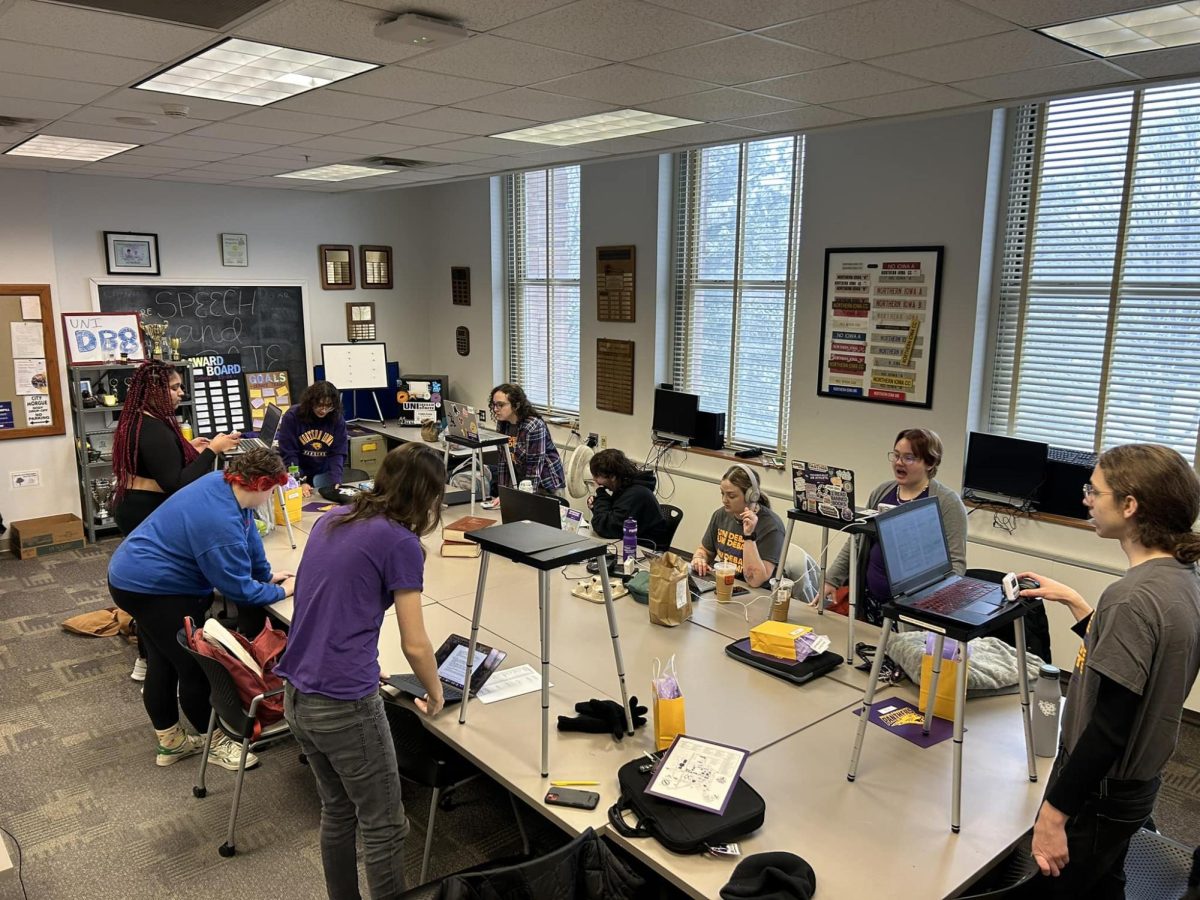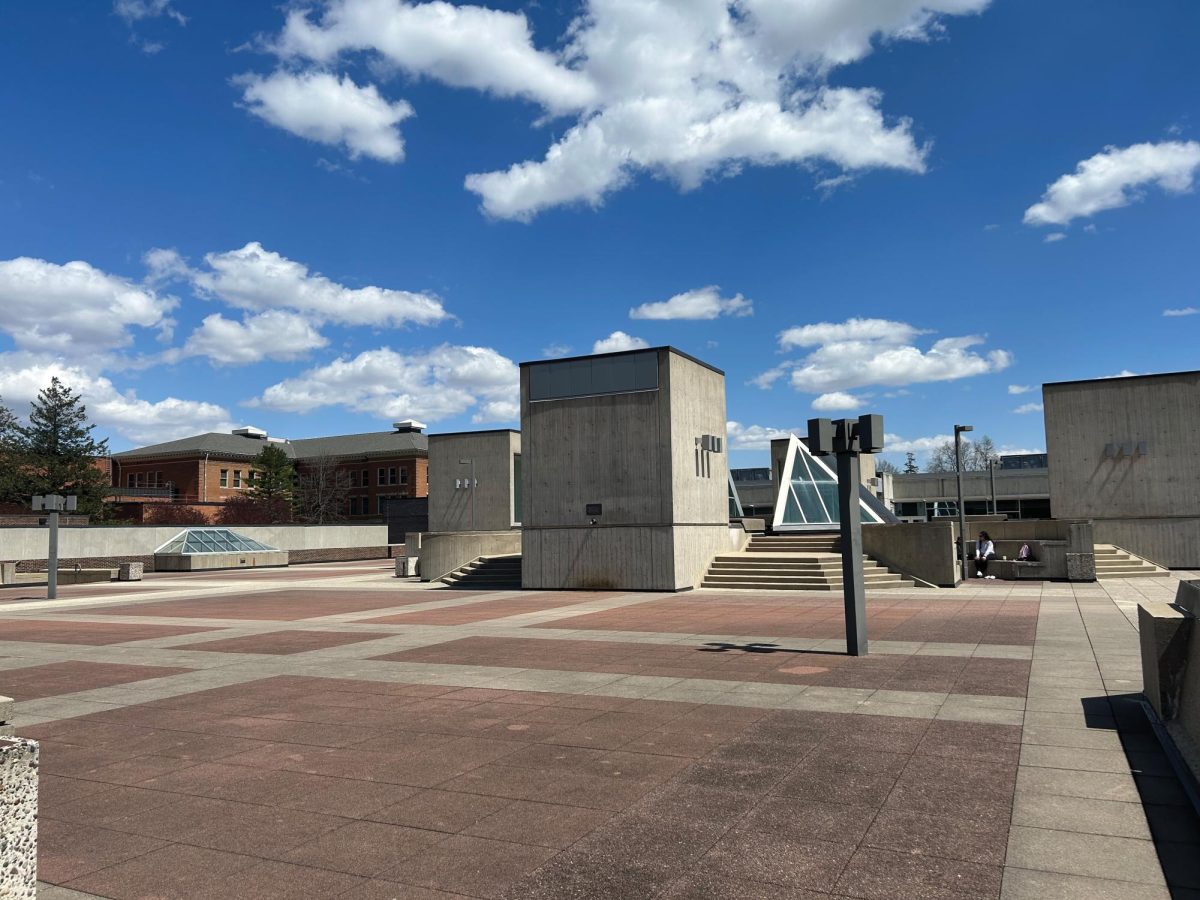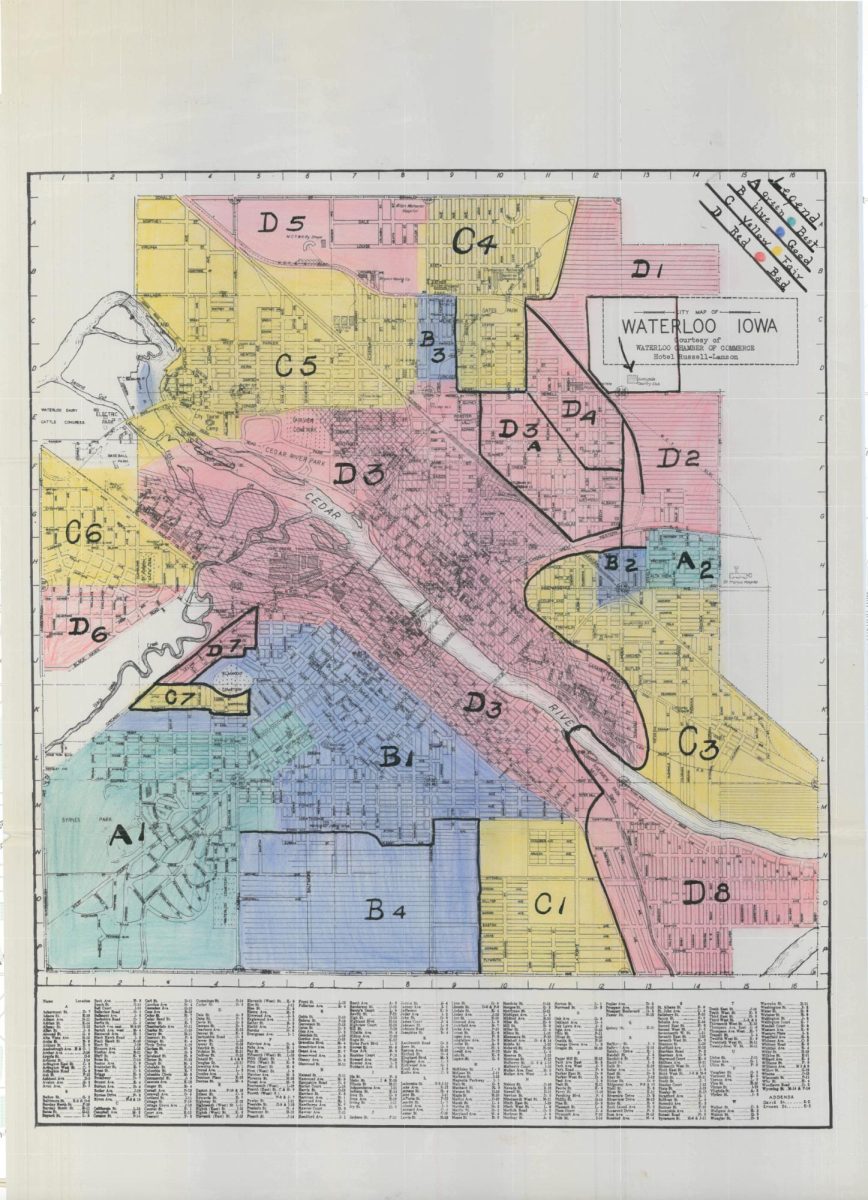What can you do with 53 minutes? Bake a cake? Watch your favorite television drama? Take a nap? The list is endless, though I dont suppose dying would be a top contender. However, when it comes to drinking and driving, the number marks an all-too-frequent occurrence.
Mothers Against Drunk Driving (MADD) website offers an article, About Drinking and Driving stating that on average, with every 53 minutes that pass, someone is killed from a drunk driving crash.
Drunk driving or the legal term, driving under the influence is based on the blood alcohol concentration in a persons system.
The national legal limit is .08, but if an individual is under 21, the zero tolerance rule applies. This means that a driver must have a blood alcohol concentration of 0.0 to avoid DUI charges.
According to MADD, in 2011 alone 9,878 people were killed, while 350,000 were injured from crashes dealing with intoxicated drivers.
All drinking and driving accidents are 100 percent preventable and measures should be taken to decrease the amounts of deaths each year that result from these crashes.
Drinking and driving has the potential to affect virtually everyone. Anyone who drives or rides as a passenger in a vehicle could be subject to an accident involving a drunk driver. Every time you meet another vehicle on the road, there is a chance that the driver may be intoxicated.
More specifically, though, the concept of drinking and driving is important to college students and young adults. As we all know, the college years are the party years. Studies published in Alexander Wagenaars book, Alcohol, Young Drivers and Traffic Accidents, show that the fatality rate among women ages 18-24 per 100 million miles traveled is three times the rate for women ages 30-60. Likewise, younger men have six times the fatality rate of older men.
Students relieve stress by throwing a few back and heading to the bars each weekend. Although this is a fun way of relaxing and socializing, it is also a way in which students put themselves in dangerous situations.
When 2 a.m. rolls around, they find themselves stuck at the bar without a way to get home. Feeling confident that they will make it back to their apartment, they make the treacherous decision to get behind the wheel. This not only puts their own lives at risk, but other drivers in traffic as well.
Two students from the University of Northern Iowa attested to the importance of taking precautions when it comes to going out and knowing alternative ways to get home. Both students wished to remain anonymous but have had firsthand experiences with drinking and driving accidents.
One broke both bones in her right leg, fractured her C6 and C7 vertebrae, wore a neck brace for three months and had a rod and three screws placed in her leg. The other suffered a broken C5 vertebra, wore a halo and was told that 75 percent of victims with this same injury are left paralyzed.
Needless to say, they are both incredibly lucky to still be here. When asked about the effects their injuries and crashes had on their lives, the responses ranged from financial problems, loss of drivers license and continued health issues to more personal influences such as paranoia and frightened family and friends.
To decrease the number of drunk driving accidents, law enforcement uses DUIs and fines, blanket patrols, sobriety checkpoints and technologies such as the monitoring ankle bracelet and Ignition Interlock Device. Their actions have helped to keep drunks off the roads.
Nevertheless, there are many individual steps one can take to protect oneself and others against the dangers of drunk driving.
First, know your limits and be responsible. Know how you react to certain alcohols.
Next, stick with your friends so that they can stop you if you decide to make a rash decision and get behind the wheel.
Adhere to the laws and if you have been drinking, turn to someone else for a ride. Whether it is a taxi, a designated driver or your parents, most anyone is willing to pick up a friend if it could save a life.
Larger cities or college towns often offer late-night bus routes from area bars.
The University of Northern Iowa provides the UNI SafeRide, which runs a 40-minute route every Friday and Saturday between the UNI campus, surrounding apartment complexes, College Hill and Main Street in Cedar Falls.
The bus is free of charge and a much safer alternative to sitting in the drivers seat.
Utilize these resources and get home safely. With so many solutions to the problem of drinking and driving, it seems silly that anyone continues to do it. Do not let your drink this weekend be your last stay off the roads.






